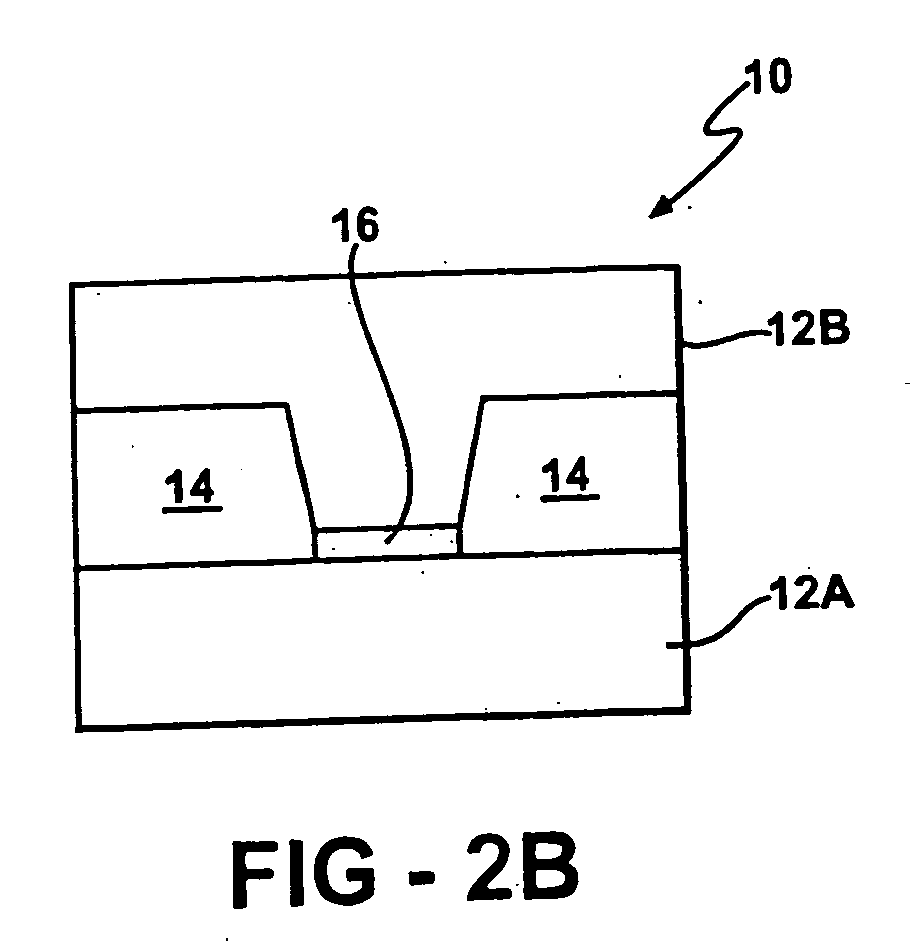Programmable matrix array with chalcogenide material
a chalcogenide material and matrix array technology, applied in semiconductor devices, digital storage, instruments, etc., can solve the problems of increasing the tooling cost and time delay of the first article product, increasing the voltage margin, increasing the drain of the battery, etc., to reduce the number of programmable connections, the effect of reducing the number of leakage and reducing the impedan
- Summary
- Abstract
- Description
- Claims
- Application Information
AI Technical Summary
Benefits of technology
Problems solved by technology
Method used
Image
Examples
Embodiment Construction
[0143]FIG. 3 shows an embodiment of an electrically programmable matrix array 100 of the present invention. The programmable matrix array 100 may be used in a programmable logic device. The matrix array includes a first set of conductive lines X1 through X4 which are also referred to as X lines. The X lines may be row lines or word lines. The matrix array includes a second set of conductive lines Y1 through Y4 which are also referred to as Y lines. The Y lines may be column lines or bit lines. In the example shown (not meant to be limiting), there are four X lines and four Y lines. However, more generally, there may be one or more X lines, and there may be one or more Y lines. In one or more embodiments there may be a plurality of X lines and a plurality of Y lines. In one or more embodiments of the invention, the X lines and the Y lines may be address lines. In one or more embodiments of the invention, it may even be possible that there be more or fewer X lines, and even one or zer...
PUM
 Login to View More
Login to View More Abstract
Description
Claims
Application Information
 Login to View More
Login to View More - R&D
- Intellectual Property
- Life Sciences
- Materials
- Tech Scout
- Unparalleled Data Quality
- Higher Quality Content
- 60% Fewer Hallucinations
Browse by: Latest US Patents, China's latest patents, Technical Efficacy Thesaurus, Application Domain, Technology Topic, Popular Technical Reports.
© 2025 PatSnap. All rights reserved.Legal|Privacy policy|Modern Slavery Act Transparency Statement|Sitemap|About US| Contact US: help@patsnap.com



